
Look! Watch various animals in their own environment with a young dreamer. Here, expressive but realistic watercolor illustrations are truly worth a thousand words. They are accompanied by brief, repeating language just right for new readers.
Look!

A mother humpback whale and her calf travel from the Caribbean Sea to the coast of New England and back over a year. Informative text is formatted to be read as a whole or in chunks and illustrated with luminous pastel illustrations. Additional information is included.
Here Come the Humpbacks!

Two girls explore the spring colors of blossoming trees. Bold block prints show entire trees and provide a close-up of the blossoms, ideal to help identify familiar and less familiar trees from the dogwood, American beech, and magnolia.
Spring Blossoms

They can be observed anywhere; in fact, “You don’t have to go anywhere fancy to watch birds!” The informative, informal and playful guide encourages close observation and identification as well as tips for recording and finding out more about these ubiquitous creatures.
Look Up! Bird-Watching in Your Own Backyard

Stunning, realistic illustrations of frogs and onomatopoeic language combine to present frogs and their songs from around the world. A brief warning about threats to frogs’ environments and additional information conclude this engaging book just right to read aloud.
Frog Song

Dawson has been collecting and reusing everything ever since he was a baby but he must rescue the world from his robotic creation, the Vacu-Maniac! Recycling is gently imbedded in Dawson’s outrageous adventure detailed in intricate (and labeled) illustrations.
Awesome Dawson

This ‘Let’s-Read-and-Find-Out Science’ follows garbage from the trash bin to various places (landfills, recycling centers, etc.). Common terms are explained and made accessible to children. This title would pair well with Kate & Jim McMullan’s I Stink! (HarperCollins), a book told from the truck’s perspective.
Where Does the Garbage Go?

Terms and comparisons to describe numbers are presented in an engaging story from which word wall content could be developed and expanded.
How Much, How Many, How Far, How Heavy, How Long, How Tall Is 1000?
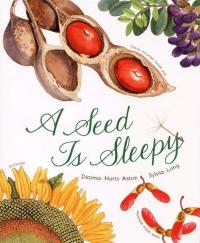
How many kinds of seeds to you see? Where are they found? This handsomely illustrated book of seeds provides a poetic look at the myriad types of seeds and plants to complement a classroom study.
A Seed Is Sleepy
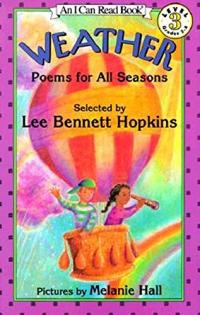
Easier to read poems focus on weather and seasons.
Weather: Poems for All Seasons

Brief text and clear illustration combine to present both information and experiments that will encourage “what if” and “what next” discussions that can comfortably and safely combine with activities appropriate for young children.
I See Myself
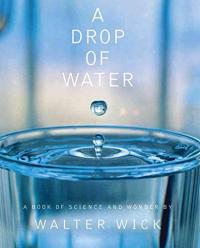
Arresting photographs of water in various states not only introduces water but also weather, solids and liquids, and more. The sophisticated text further encourages experimentation and observation, although is not necessary to use the entire book with younger children.
A Drop of Water: A Book of Science and Wonder

Clear, textured illustrations of animals and their special parts (e.g., tail, nose) focus readers on the special function of each. Not only is it likely to generate a description of the appendage but its function (what it does), and of the animal and its environment. Other books by Steve Jenkins, such as Biggest, Strongest, Fastest (opens in a new window), may also generate rich descriptive language.
What Do You Do with a Tail Like This?
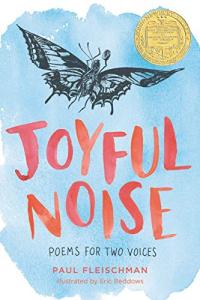
These poems introduce various insects and their lives; ideal for sharing aloud and for relating to informational books on insects.
Joyful Noise: Poems for Two Voices
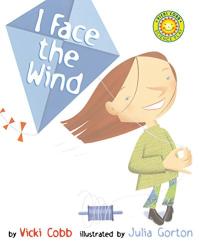
Children are encouraged to observe as experiment as they learn about wind and air as well as practice science writing by describing their findings.
I Face the Wind
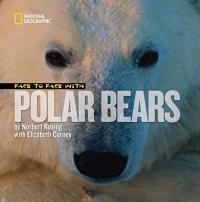
Norbert Rising finds himself in dangerous situations in the Arctic as he studies polar bears. This book connects children with the consequences of global warming, and gives practical advice on how to help save our white-furred friends.
Face to Face with Polar Bears

Meet Henrietta Leavitt, a 19th century pioneer for women in science. From careful observations, Leavitt discovered that the brightness of a star determines its distance from Earth and her work helped us better understand the vastness of the universe. Warm colored pencil and watercolor illustrations by Colon create a contemplative mood. Back matter includes quotes about stars, a glossary, information about other female astronomers, and more.
Look Up! Henrietta Leavitt, Pioneering Woman Astronomer

Anyone who’s ever had a cold is sure to appreciate this examination of why one gets it and how the body combats it. Photomicrographs combines with comic illustrations for a lucid and thorough look at the topic. A glossary and index conclude the presentation.
Your Body Battles a Cold
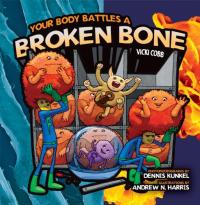
What happens when a bone is broken? The body repairs it! How this happens is presented in clear language accompanied by photomicrographs and humorous illustrations for a clear explanation of the process.
Your Body Battles a Broken Bone

Science is all around and whether planning a science fair project or just exploring the world something is sure to intrigue. Information and activities are presented in a large, heavily illustrated format organized by “inspirations” such as toys and “yourself & other humans”.
See for Yourself: More than 100 Experiments for Science Fairs and Projects

Everyone eats so naturally, the kitchen is the place to discover more about it. Chemistry is with us every day and in many ways, introduced in an informative, conversational text and easy-to-do activities with readily available materials.
Science Experiments You Can Eat

Easy activities and commonplace snack foods bring basic principles of chemistry into focus. Combined with snappy full-color photographs, the information is clearly presented and sure to inspire as it informs.
Junk Food

The story of Louis Braille, the Frenchman who invented the raised-dot alphabet/code now used around the world by blind and visually impaired readers. The text traces Braille’s life from the childhood accident that caused him to lose his sight through his career at the National Institute for Blind Children in Paris. Readers can feel the alphabet and numbers from 1-10 at the back of the book.
A Picture Book of Louis Braille

With a light touch, readers meet Thomas Alva Edison in his world of research and development. It was Edison’s lab that led to things we take for granted today. For example, today we have all kinds of batteries but it all started with Edison’s nickel-iron storage battery. Cartoon illustrations add humor to this lighthearted but informative look at this inventor and his work.
